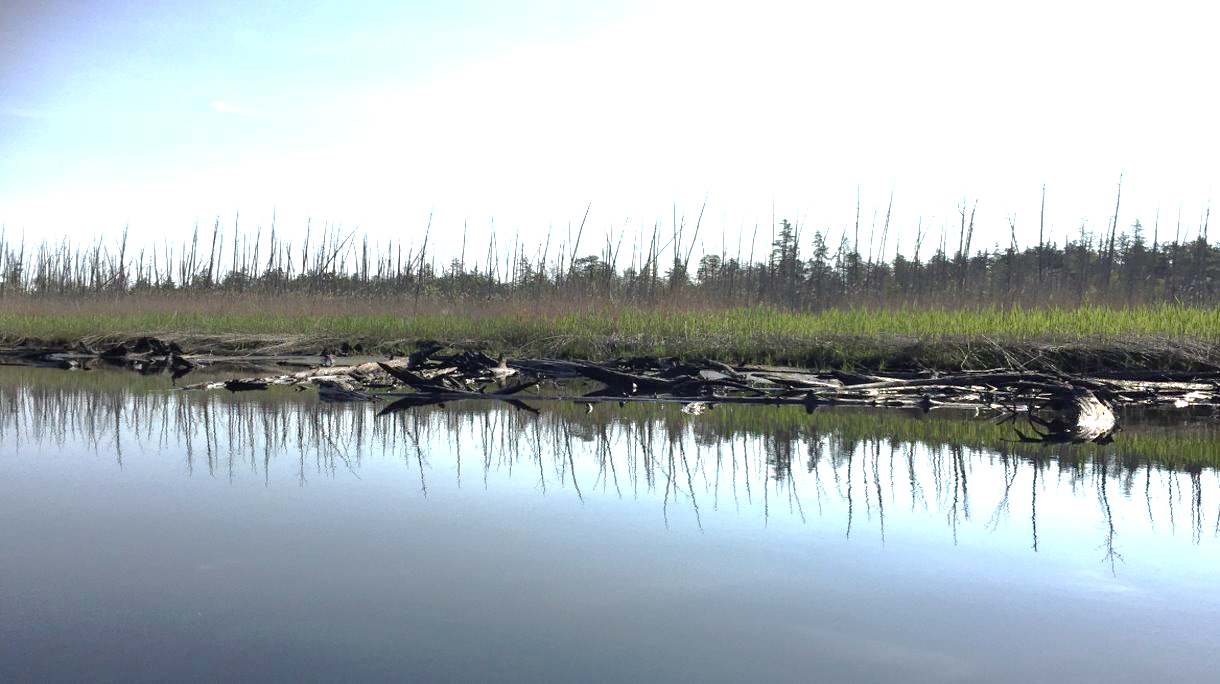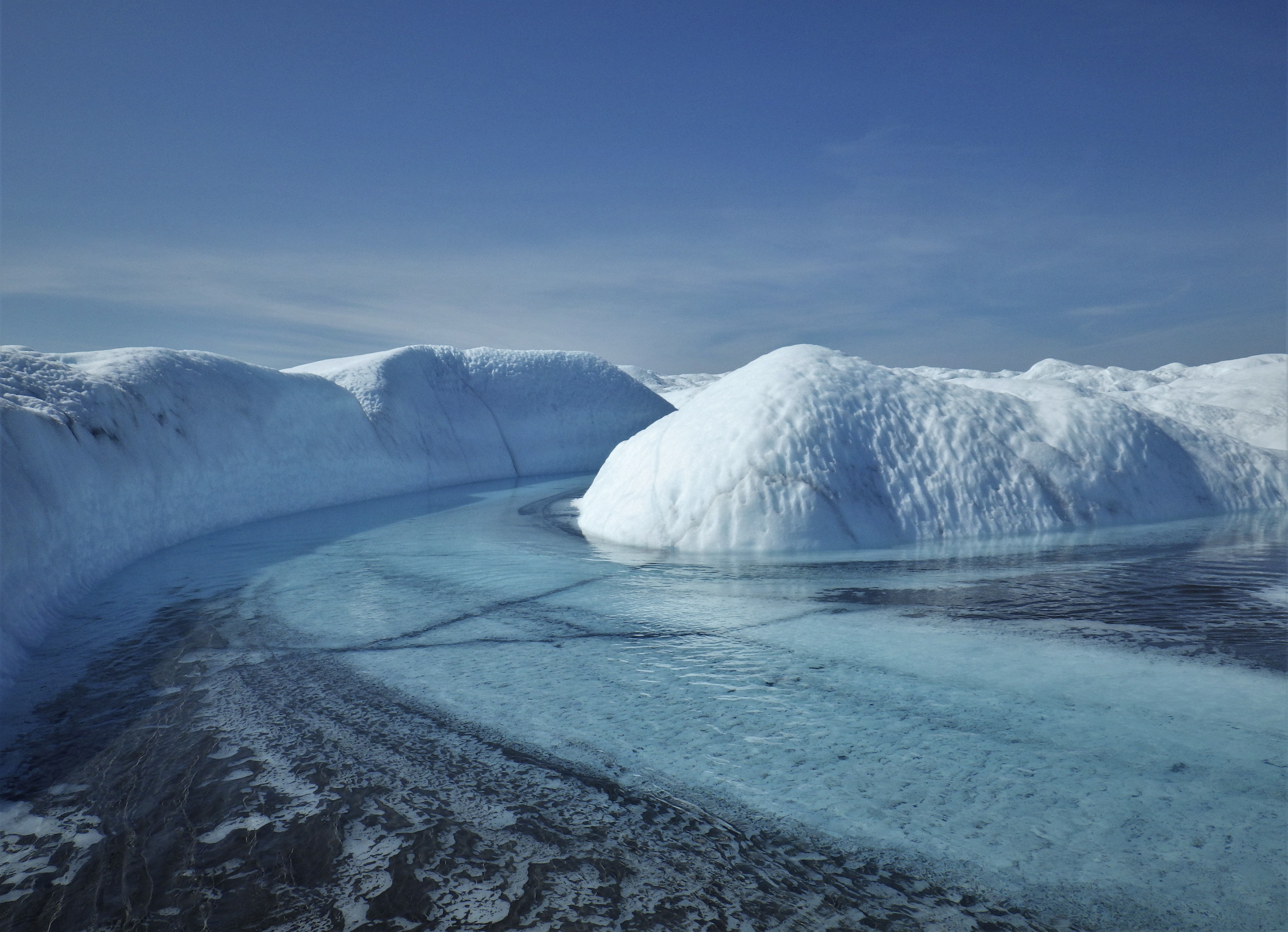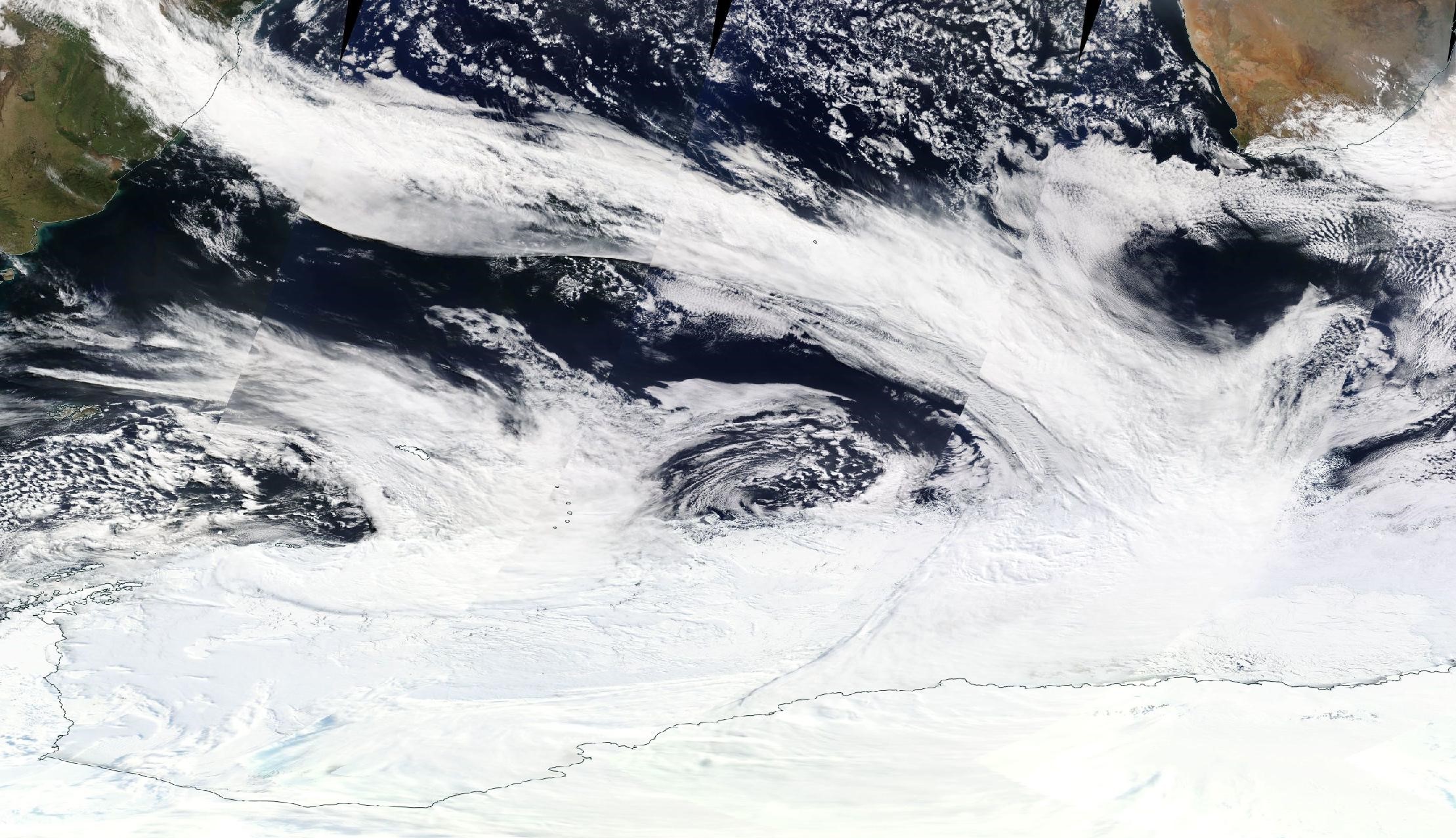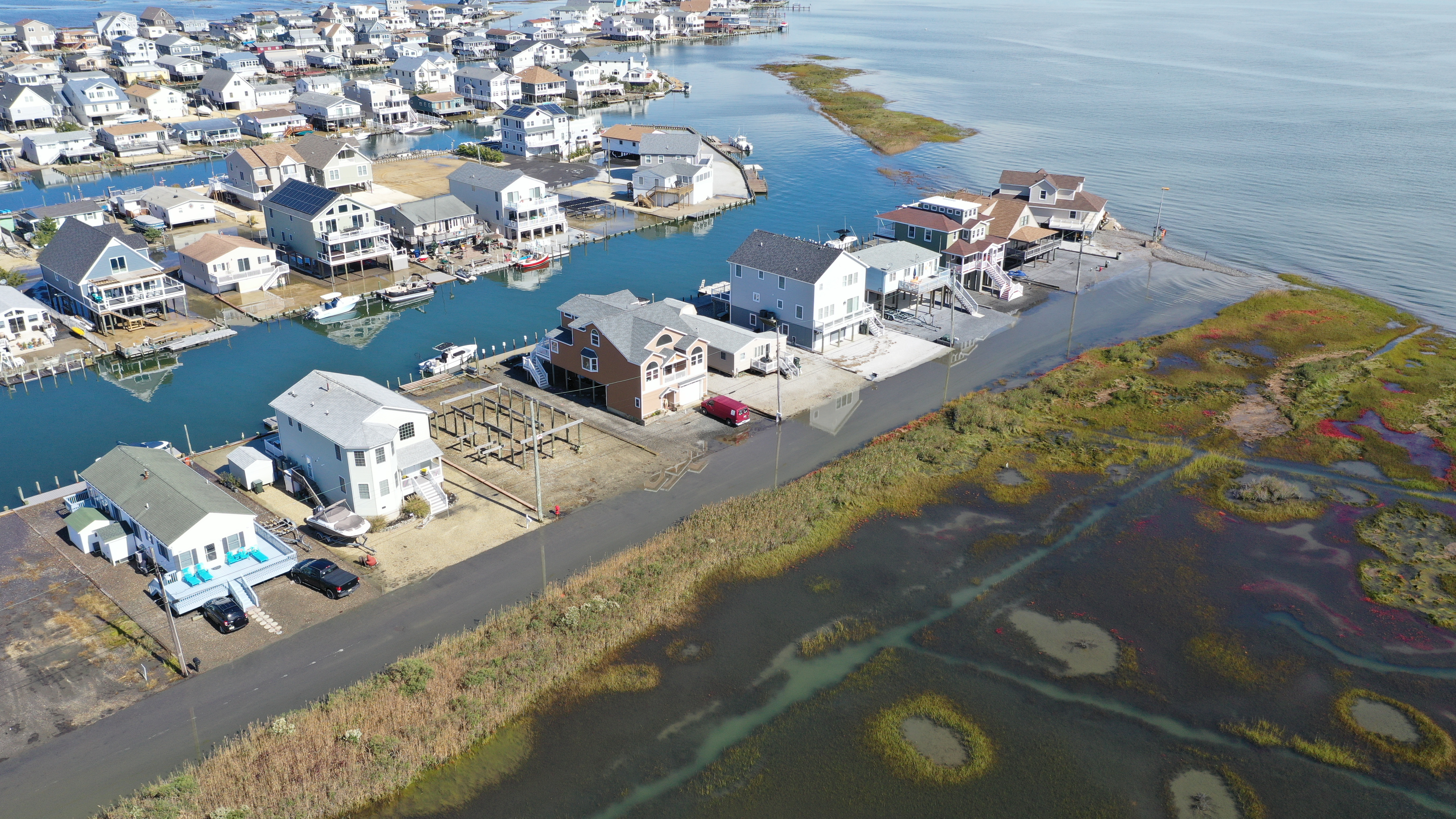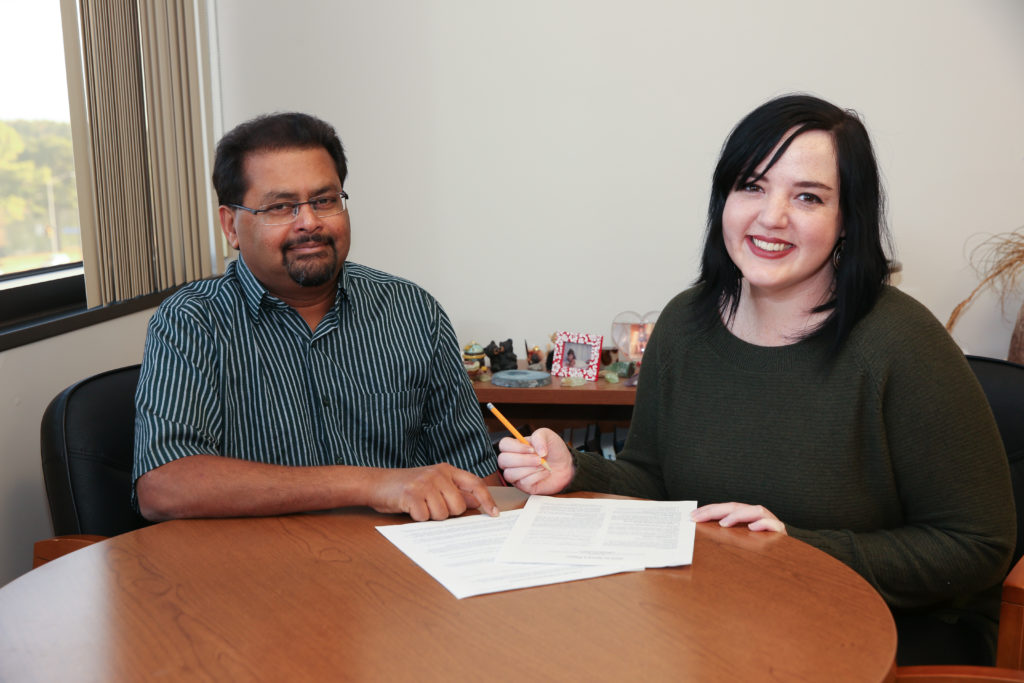Why are “ghost forests” filled with dead trees expanding along the mid-Atlantic and southern New England coast? Higher groundwater levels linked to sea-level rise and increased flooding from storm surges and very high tides are likely the most important factors, according to a Rutgers study on the impacts of climate change that suggests how to enhance land-use planning.
